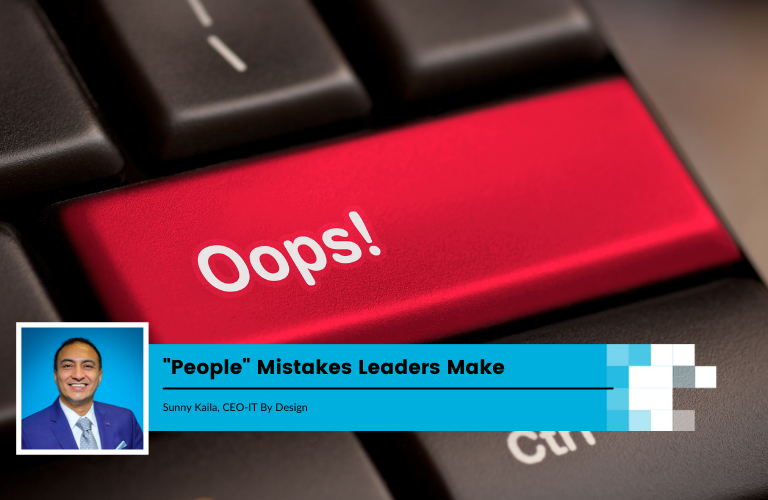In my 22-year-long career as a CEO, I’ve lived through many changes. The old hierarchical structure that I once knew as a young technology entrepreneur has given way to a new, team-based model. These changes reformed my way of communicating with my team members, customers, and peers in the channel. All the while, I met many leaders who were obsessively focusing on their technical competencies, forgetting that harnessing their capabilities to communicate and influence effectively could help them make a difference in their role and take their MSP to the next level.
Leadership without communication does not exist. When your work involves building a resourceful pool of IT talent like mine, communication is the core facet that contributes to the success and growth of the business, helping you maintain healthier relationships with your team at the same time. But what I have also learned over years is that succeeding as a communicator and influencer is much more about substance than style. You can always learn ways to communicate effectively with those around you and increase your ability to influence.
To discuss three keys to effective communication that every tech leader should know, I invited Dr. Larry Little, Founder and CEO, Eagle Center for Leadership, for a very special podcast. Through his leadership coaching, books, keynotes, and programs, Larry has guided many leaders to better drive the results they want.
Listening
Great leaders say what they mean and mean what they say. They succeed at keeping their promises because they use active listening to create mutual trust. Listening (not just hearing) is the most powerful tool to show respect and build trust. With careful listening, you can build a connection with each team member. It’s this connection that can enable you to collaborate, innovate, and solve problems creatively.
Larry says that active listening, a crucial part of two-way communication, is also done by one’s face and body language. It is done by being intentional and remaining invested in a conversation.
To-do: Learn the power of listening to increase your credibility with others and your insight into a situation. Use phrases like “Right…” and “I understand…” throughout the conversation to let the other person know that you are paying attention. This will also help remind you to stay tuned in.
Learning
Just as it is crucial for any business to be transparent with their customers about product quality, a corporate team seeks the same kind of transparency from their leader. It is a simple train of thought: To be transparent, you must be credible. To be credible, you must be truthful. And, to be truthful you must be able to listen.
Emotional intelligence (EI) can help you stay invested in learning, which is rooted in your ability to understand, interpret, and respond to the emotions of others. In today’s noisy business landscape, building a great relationship with people that matter to you and your business requires empathy. It is the emotional intelligence that can let you learn answers to questions like “Where are my clients coming from?” and “What your team members expect from me?”
To-do: Make a big difference as a leader by being aware of others’ emotions. Sign up for an EI course or workshop. Work on your soft skills to learn about the people you are leading. You can always use this knowledge to communicate effectively with them.
Leading with questions
Great leaders ask questions and position problems as opportunities to keep people around them excited. They build trust by allowing their team members or clients to speak and ask good follow-up questions. There’s no better way to build trust than by leading with questions, not answers.
Good open-ended questions shift your focus from what you know to what you can learn from others. Seeking diverse viewpoints not only expands your knowledge but also promotes dialogue and engagement within the team you lead. It promotes the desire to think rationally, explore alternatives, value disagreements and seek fresh perspectives instead of giving in to groupthink—something that can choke rational thinking.
To-do: Always pause and think about what you have to say before initiating a discussion. The success or failure of most discussions depends on the opening sentence. There’s a lot of difference in saying – “Rob, can you ever do your job well?” and “Rob, I have noticed that your last few deliverables have been missing their deadline. What is preventing you from keeping your commitments?”
Final Thought: Effective communication and influence are skills that any leader can practice and build. Just as important as building your technical skill-set and expertise, working on the intricacy of these skills will help you inspire, motivate and stir people to go beyond their capabilities without getting bossy.



